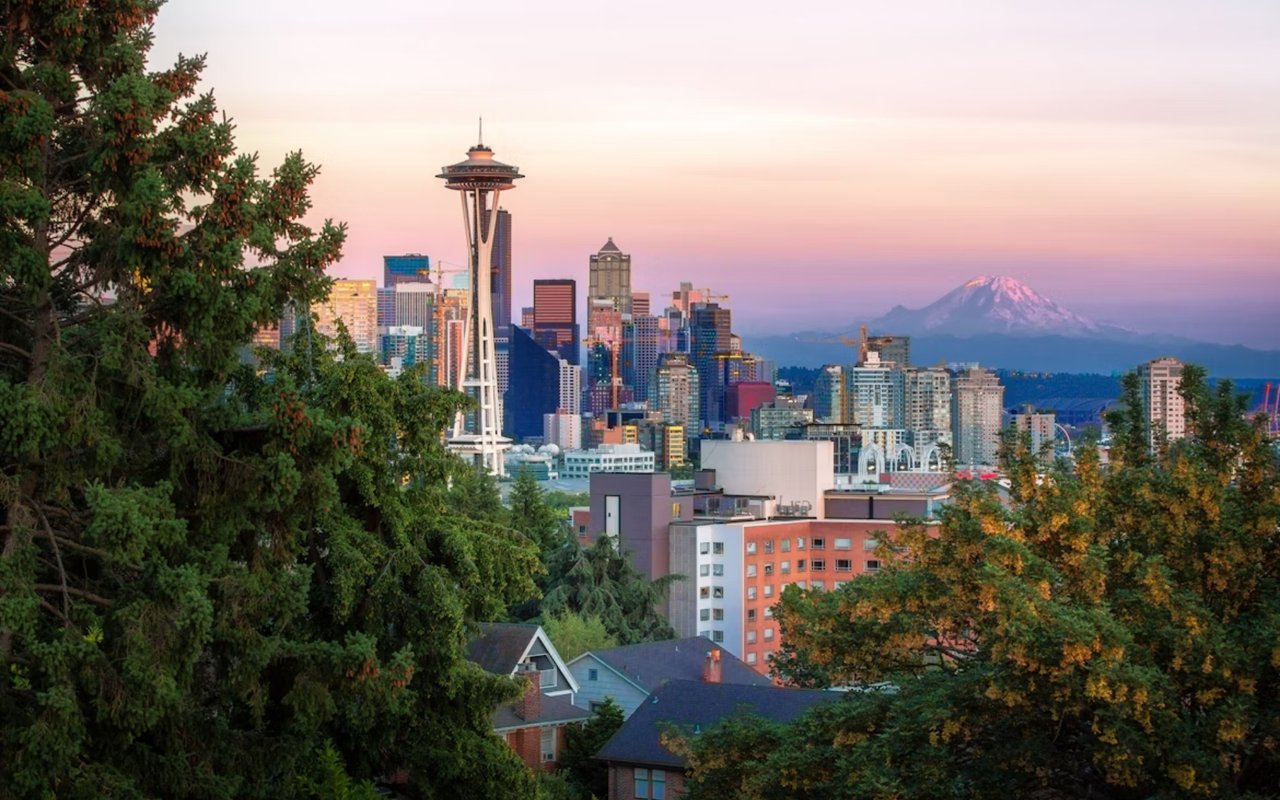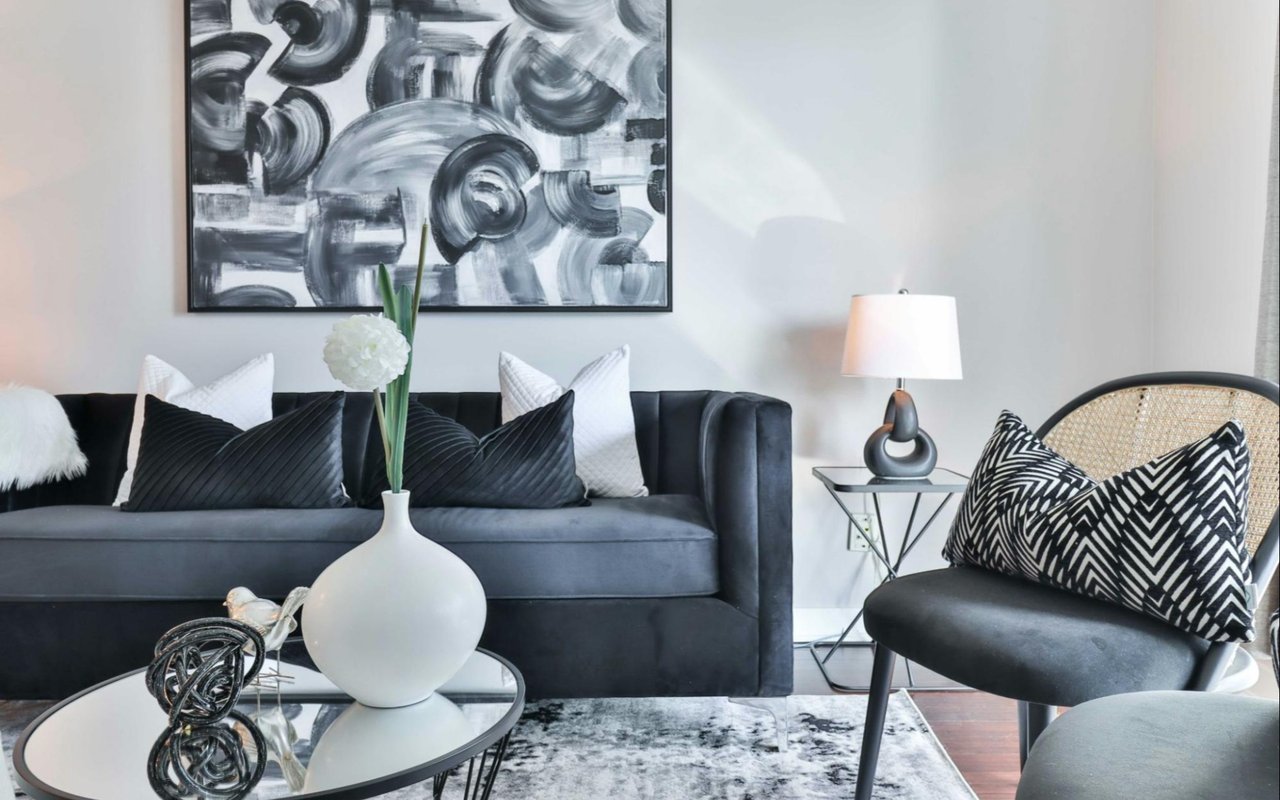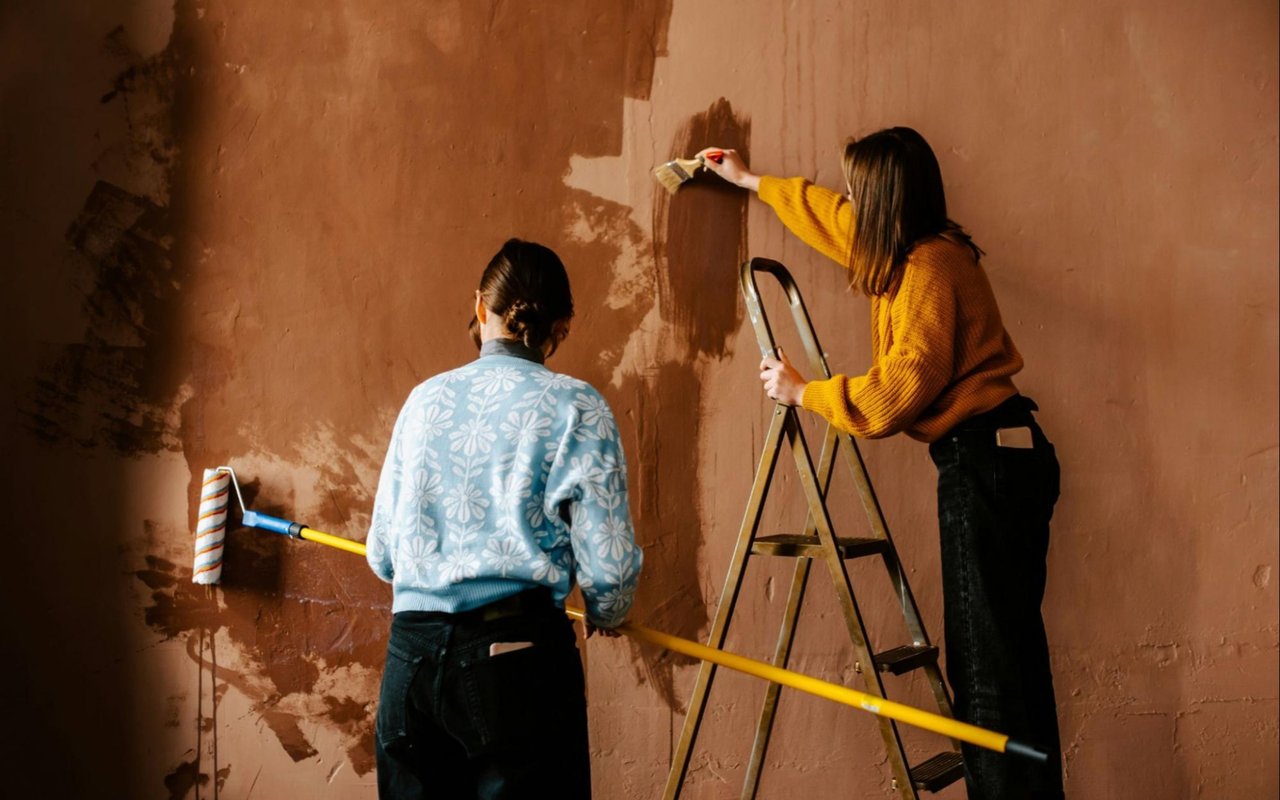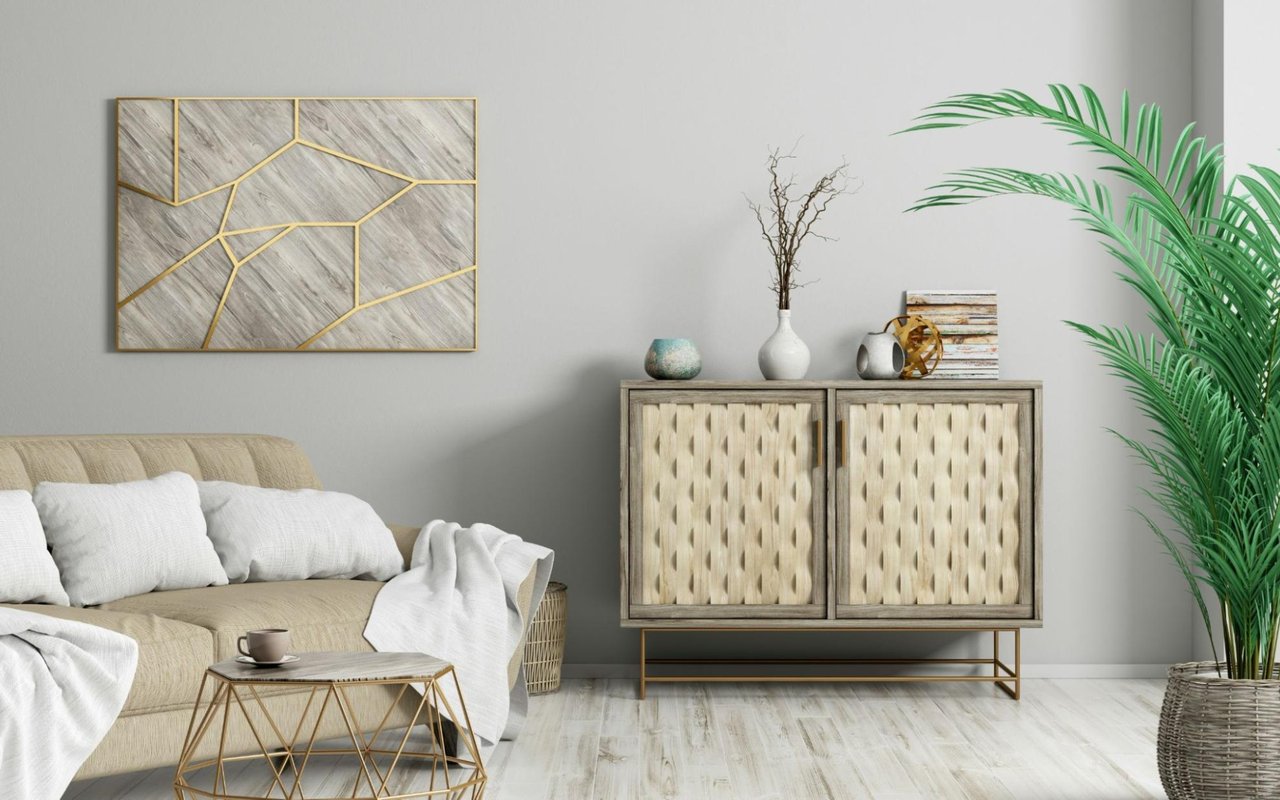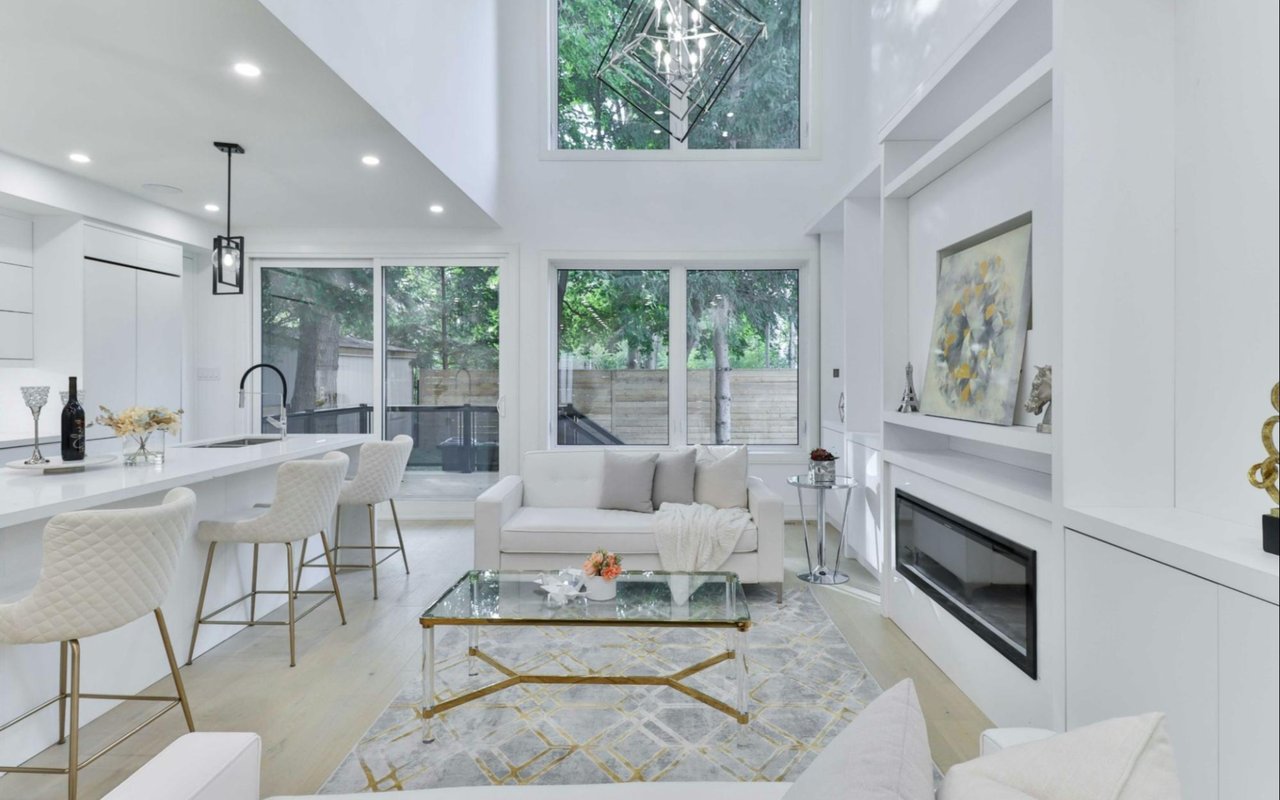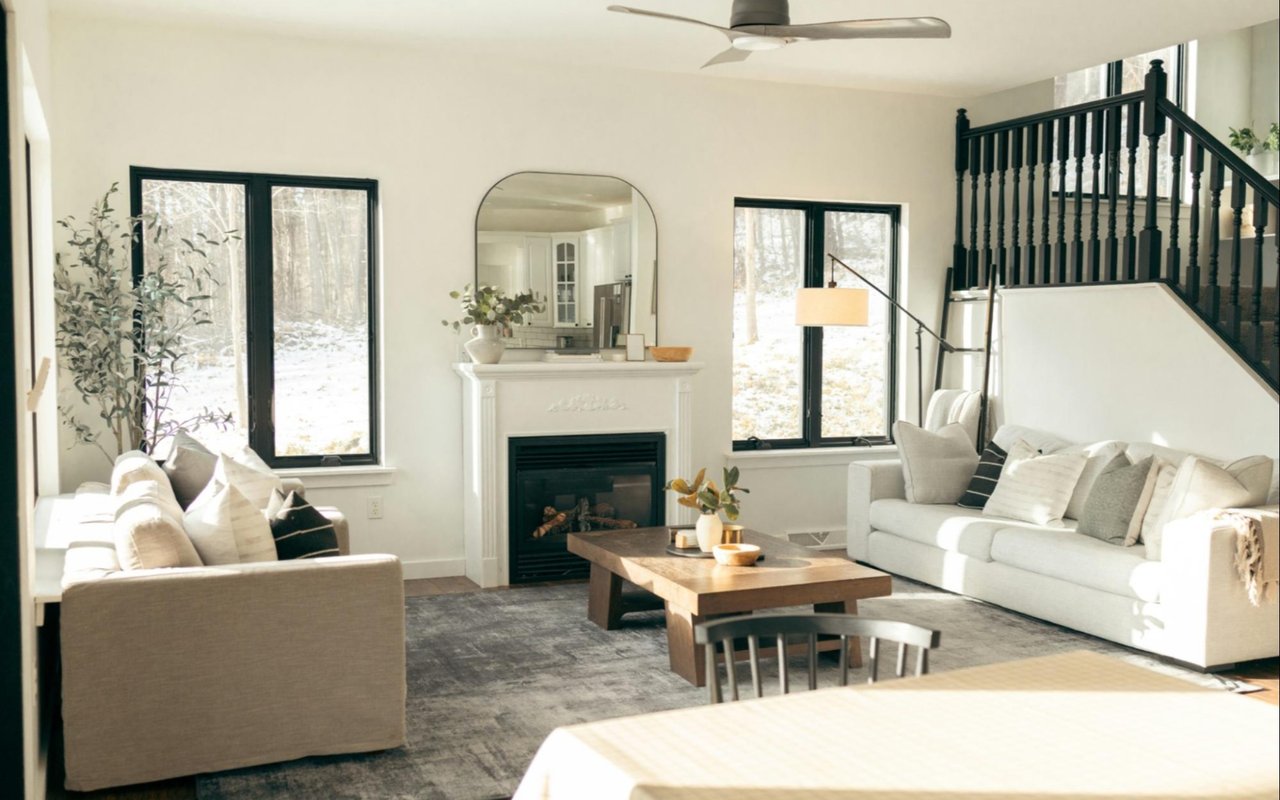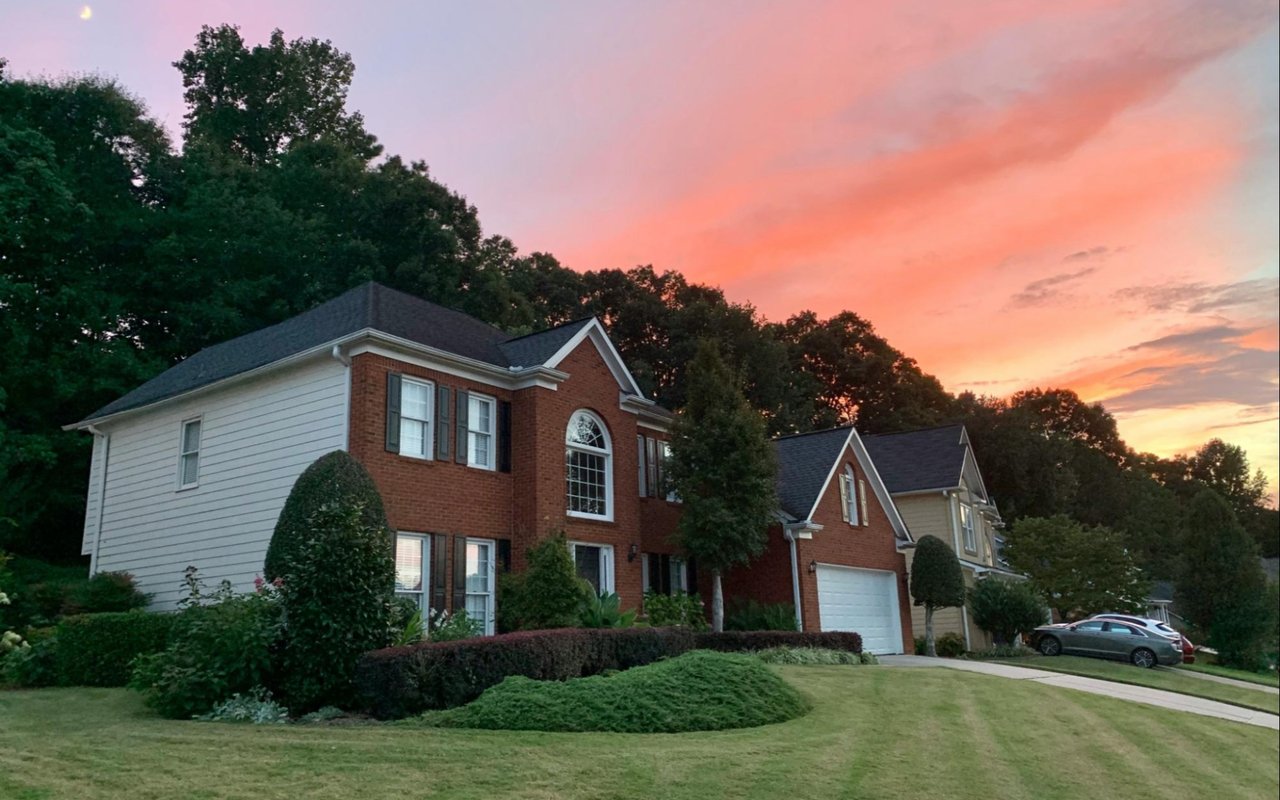 Photo courtesy of Unsplash
Photo courtesy of Unsplash
Seattle’s architecture is anything but static. From mid-century visions of the future to sleek glass innovations that double as indoor rainforests, the city’s skyline tells a rich and evolving story. Many of its landmarks were born during moments of ambition or reinvention, capturing the city’s constant push toward progress while honoring its deep roots.
Each neighborhood in Seattle offers something distinct, but a handful of architectural icons stand out across the entire region. Whether soaring above the skyline or tucked into urban pockets, these structures are more than just buildings. They help shape how people experience the city.
The Space Needle
 The renovated top house now features floor-to-ceiling glass.
The renovated top house now features floor-to-ceiling glass.
Style: Googie / Futurist
Architect: John Graham & Associates; Victor Steinbrueck
Key Feature: The rotating glass floor (The Loupe)
The Space Needle might be Seattle's most recognizable symbol. It began as a doodle on a napkin. Eddie Carlson, one of the leaders behind the 1962 World’s Fair, envisioned something that looked toward the future. Inspired by the Stuttgart Tower in Germany, the final design was shaped by three architects. Victor Steinbrueck helped develop the sturdy base, John T. Ridley designed the upper crown, and John Graham, Jr. brought the flying-saucer aesthetic to life.
At 605 feet tall, the structure was completed in under a year. When it opened, it featured bold colors like Re-Entry Red and Galaxy Gold, matching the fair’s space-age theme. In 2018, the Needle underwent a major remodel that restored parts of its original character while adding a rotating glass floor and expanded observation windows. These updates give visitors a new way to experience the city from above, blending past inspiration with modern materials.
Smith Tower

Style: Neoclassical
Architect: Gaggin & Gaggin
Pro Tip: Visit the Observatory Bar for a speakeasy vibe.
Before the Space Needle, the Smith Tower was the pride of the skyline. Completed in 1914, it held the title of the tallest building west of the Mississippi for years. The white terra cotta exterior and pyramid-shaped crown still catch the eye among the newer glass towers of downtown.
The building was a marvel of its time. With elevators operated by human attendants and a speakeasy-style bar on the top floor, the tower offers both historic detail and modern charm. The observation deck remains a quieter alternative to the busier Needle, giving visitors a panoramic view of Elliott Bay and Pioneer Square.
Museum of Pop Culture (MoPOP)

Style: Deconstructivism
Architect: Frank Gehry
Inspiration: Smashed electric guitars
Frank Gehry’s approach to architecture has always focused on emotion and motion, and that’s exactly what he brought to the Museum of Pop Culture. The building looks like it was sculpted from melted guitar parts, and that was partly the goal. Gehry was inspired by the fluid curves of electric guitars and designed the structure using more than 21,000 aluminum and stainless-steel panels in shifting colors.
Located next to the Space Needle, this museum stands out for its unconventional form. Inside, it houses exhibits on everything from science fiction and horror films to music legends from Seattle and beyond. Its warped and textured design continues to spark conversation and creative thought.
The Spheres

Style: Biophilic Design
Architect: NBBJ
Fun Fact: Houses over 40,000 plants.
The Spheres, part of Amazon’s downtown Seattle headquarters, reimagine the idea of an office building. Opened in 2018, these three intersecting glass domes house more than 40,000 plants from around the world. The structure combines glass and steel in a way that feels both organic and futuristic.
Designed by NBBJ, the Spheres were built to give employees a chance to work and meet in a space surrounded by nature. The interiors mimic a cloud forest, complete with waterfalls and canopy walkways. The idea was to encourage innovation by changing the environment. Even from the outside, the unique shape and transparency add something different to the downtown architectural landscape.
Pacific Science Center

Style: New Formalism
Architect: Minoru Yamasaki
Connection: Yamasaki later designed the original WTC in NYC.
Originally built for the 1962 World’s Fair, like the Space Needle, the Pacific Science Center was designed by Minoru Yamasaki, who later created the World Trade Center in New York. Planners had expected a temporary building, but Yamasaki delivered something unforgettable.
The site's centerpiece is a set of elegant arches rising from a reflecting pool. Surrounding buildings feature a playful white façade and a blend of Gothic, Islamic, and Japanese architectural elements. Today, the Pacific Science Center remains a family-friendly destination, but the design still holds its original magic. It speaks to the power of simple geometry to inspire and delight.
Climate Pledge Arena

Style: Sustainable Preservation
Architect: Paul Thiry (Original); Populous (Renovation)
Key Feature: The historic "Rain Hat" roofline.
Sitting beneath a large, tent-shaped roof, the Climate Pledge Arena is one of Seattle’s boldest examples of reuse and reinvention. The original structure, built as the Seattle Center Coliseum for the World’s Fair, was designed by architect Paul Thiry. The roof, meant to resemble a traditional Native American rain hat, was preserved even during recent redevelopment.
Now home to the NHL’s Seattle Kraken and the WNBA’s Seattle Storm, the arena strives to be the world’s first net-zero carbon-certified arena. Its ice rink uses reclaimed rainwater and aims for zero waste. The renovations respected the structure's history while transforming it into a model for sustainable design.
Your Connection to Timeless Design
Buying or selling a home in a city shaped by design takes more than market knowledge. It helps to work with someone who understands how style, history, and location all come together. The mix of classic and modern homes in North Seattle reflects the same creative energy found in its most iconic buildings.
Professionals such as Mel Parsons bring that understanding to every client interaction. With insight into local styles and an appreciation for the city's architectural legacy, Mel helps buyers discover homes that match their taste and long-term goals.
